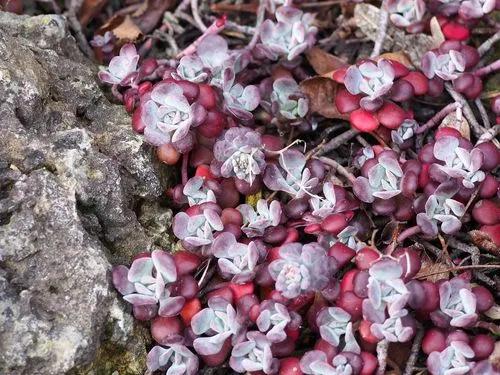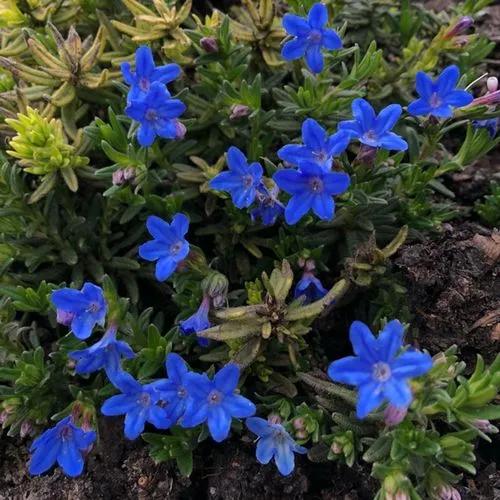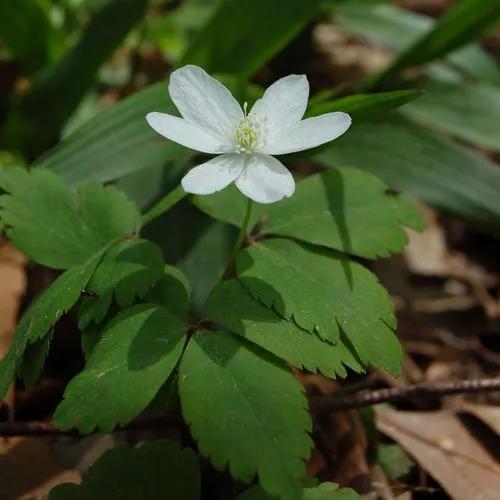Starfish cacti (Stapelia grandiflora) are also more morbidly called the carrion flower. These stinky, but spectacular, plants share similar traits to those from the carnivorous family in that they possess insect attracting flora (but are not carnivorous), which range in size from a couple of inches (5 cm.) high to plants that bear 12-inch (30 cm.) wide flowers. This plant species is native to South Africa, so growing starfish flowers usually requires warm, humid temperatures or a specialized greenhouse environment. Starfish Flower Cactus These plants aren’t exactly cactus, but are members of the succulent group of plants. They are soft stemmed plants without spines spreading out from a central point. They are thickly skinned and resemble carrion flesh. Starfish flower cactus may produce amazing five-petaled flowers that exude a rather unpleasant odor. The scent attracts flies and other insects, which pollinate the blooms. Flowers are red to brown and may be mottled with a couple of colors. Stapelia is the family name of the starfish flower cactus. The “gigantea” is the most commonly collected, as a showy specimen with foot wide flowers.
Starfish Cacti Care
Stapelia Grandiflora Masson
Other names: Giant Toad Plant, Giant Zulu, Star Fish Flower, Great Flowered Stapelia



How to Care for the Plant

Water

Stapelia require moderately watering through the growing season but enjoy plenty of water and some fertiliser in hot weather, this helps them to flower freely. Water more sparingly in winter according to temperatures. But, as with most asclepiads, it is unwise to leave them wet in cold weather.

Fertilizer

These plants do not need fertilizer.

Sunlight

Partial sun or light shade.

Soil

Since roots are quite shallow, use a cactus mix or add extra perlite or pumice to regular soil potting soil. A gritty, very free-draining compost is suitable, and clay pots help the plants to dry out between watering.

Temperature

Winter care presents no problems at 5°C with plenty of light.

Popularity

121 people already have this plant 43 people have added this plant to their wishlists
Discover more plants with the list below
Popular articles






